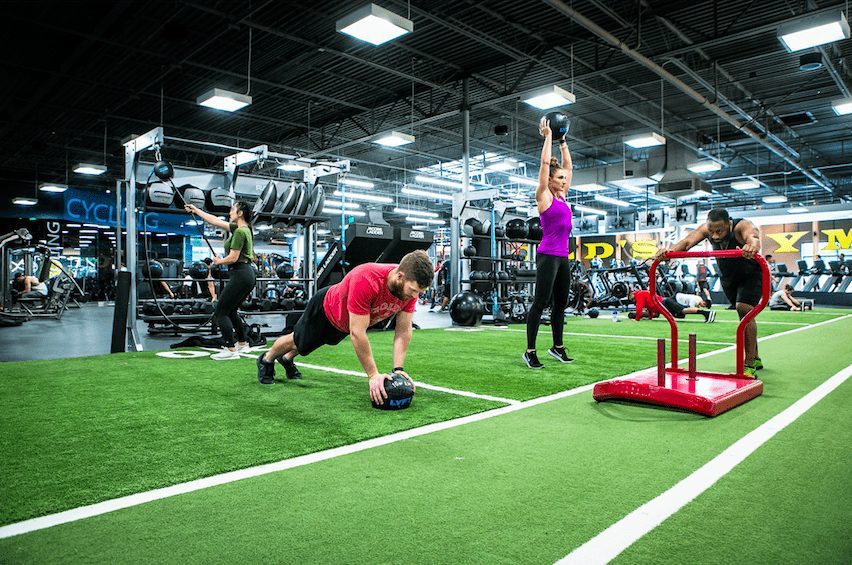
"As far as the loads and resistance go, we're generally talking about weights that are lighter than traditional lifting because you are moving in multiple directions," Hoobler advised.
#Functional training how to#
"The beauty of this is that you end up with a more resilient system that tends to move with better coordination and timing." How to perform a functional workout "You distribute load through the entire system rather than through a narrow path of fiber or reduced joint range of motion. "With functional training, we're looking at using a resistance that can come from different tools and with it the ability to move these implements in multiple different directions," Hoobler told Live Science. Improves coordinationįunctional training not only offers improvement in terms of muscle growth, but it can help with some of the other key components of fitness (opens in new tab): balance and coordination. The compound exercises traditionally used in a functional workout could also benefit deconditioned people, because they strengthen joints and muscles and improve the ability to perform daily movement, therefore decreasing the chance of strains or injuries, as discussed in the journal of Ethnicity & Disease (opens in new tab). The meta-analysis found that strength training reduces neuromuscular and functional capacity aging and increases muscle mass, bone density, and strength. (opens in new tab)Īnother meta-analysis of the effects of functional training on functional movement, posted in MDPI (opens in new tab), supports this. Wondering how to gain muscle (opens in new tab)? This training style is crucial for muscle atrophy prevention (preventing muscle loss) associated with age and can be a preventative measure for late-life disability in older adults, according to the European Review of Aging and Physical Activity. No evidence showed improvements to body composition, but this could partly be down to the role of a calorie deficit (opens in new tab)in body recomposition. (Image credit: Getty) Builds strength, balance, and enduranceĪccording to a systematic review of nine studies in Frontiers (opens in new tab), functional training significantly improves speed, muscular strength, power, balance, and agility, and moderate evidence suggests it could improve muscular endurance and flexibility too. Here are the science-backed benefits functional training. This type of training is not very ‘functional,’ and bodybuilders tend to not move very well."įunctional training can be manipulated into HIIT workouts (opens in new tab) (if you want to up the ante on your cardio class) or performed as working sets and reps to mimic a more traditional hypertrophy or strength training session.

", you end up with overdeveloped muscles, many underdeveloped areas, and very poor coordination.


"This is a big difference from traditional training or bodybuilding that focused on isolating muscles and creating hypertrophy (opens in new tab)." Hoobler told Live Science that one of the main objectives of functional training is to distribute the load throughout your body to recruit different muscles. As you perform a squat, your hip, knee, and ankle joints work through flexion and extension, and your ‘working’ muscles ( glutes (opens in new tab) and quads) drive movement alongside the hamstrings, calves, and erector spinae (the muscles that support your spine) which act as synergists or ‘supporting’ muscles.Īnd that’s before you consider your core muscles (opens in new tab) are at play to help out too! Benefits of functional training Functional training focuses on compound exercises, a type of exercise that recruits multiple muscles and joints together.


 0 kommentar(er)
0 kommentar(er)
